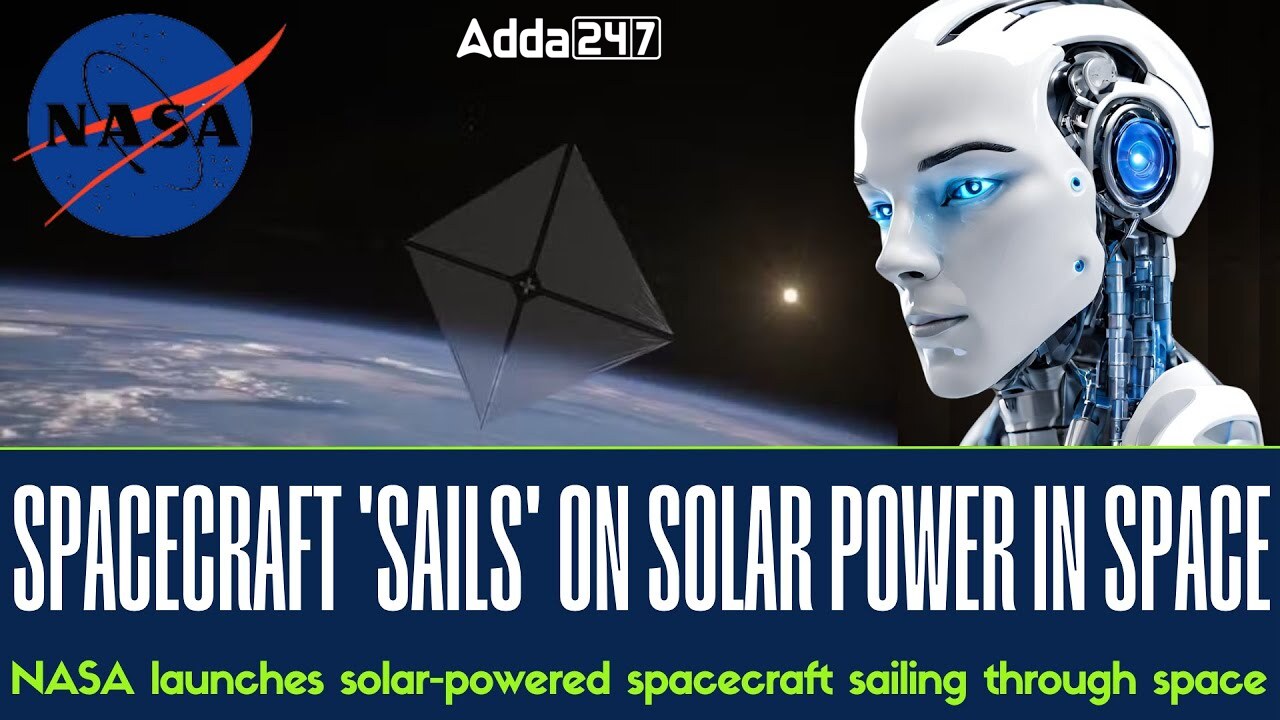NASA recently launched a groundbreaking space mission from New Zealand, deploying the Advanced Composite Solar Sail System spacecraft aboard Rocket Lab’s Electron rocket. This innovative spacecraft utilizes solar energy for propulsion, marking a significant leap in space exploration technology.
Mission Overview
The spacecraft, equipped with a solar sail, was launched from New Zealand at 3:30 am IST and is set to orbit 1,000 kilometers above Earth. Upon deployment, the sail will measure approximately 80 square meters, harnessing sunlight to navigate through space.
Key Objectives
The primary objective of the mission is to demonstrate the effectiveness of solar sail propulsion, paving the way for future missions with reduced reliance on heavy propulsion systems. Through a series of pointing maneuvers, the mission aims to showcase the orbit-raising and lowering capabilities solely using the pressure of sunlight on the sail.
Significance of Solar Sail Technology
The success of this mission holds immense importance as it signifies a shift towards more cost-effective and sustainable space exploration. By harnessing the abundant energy of the sun for propulsion, future missions can utilize larger sails instead of relying on traditional fuel tanks, enabling longer-duration missions at a lower cost.
Insight from NASA’s Lead Systems Engineer
Alan Rhodes, the lead systems engineer at NASA’s Ames Research Center, emphasized the significance of solar sail technology, stating that it provides a limitless source of propulsion. By capitalizing on the sun’s energy, future missions can maximize efficiency and minimize the need for heavy fuel payloads, revolutionizing the future of space exploration.




 Vyommitra: ISRO’s AI Half-Humanoid for G...
Vyommitra: ISRO’s AI Half-Humanoid for G...
 CAG to Launch AI-Based Audit System for ...
CAG to Launch AI-Based Audit System for ...
 Sentient AI Launches Open AGI Network fo...
Sentient AI Launches Open AGI Network fo...

